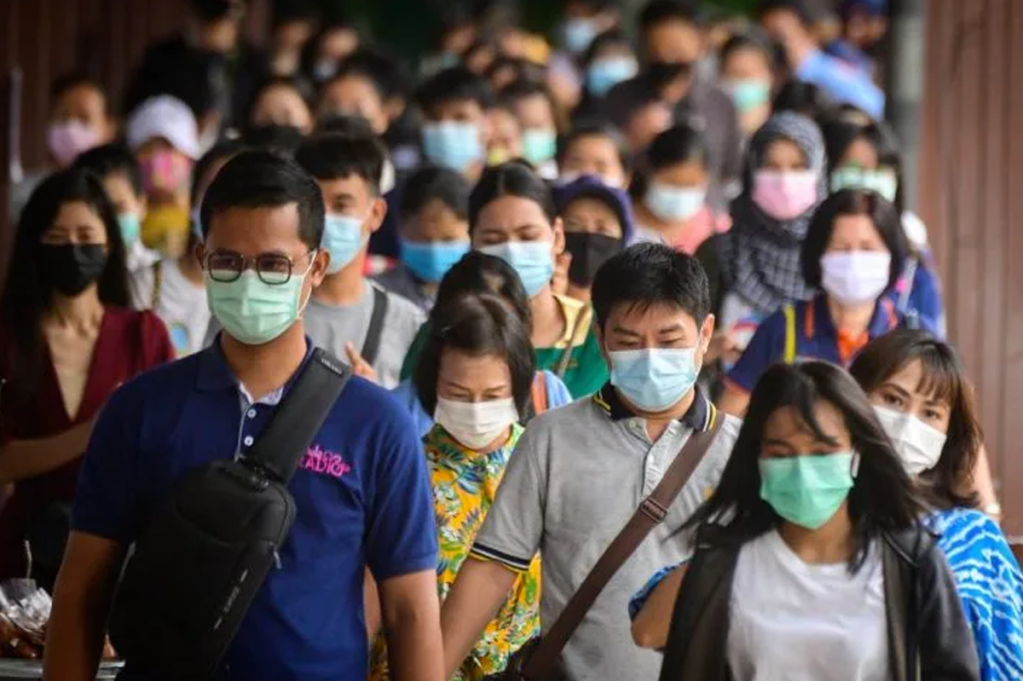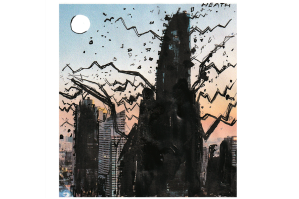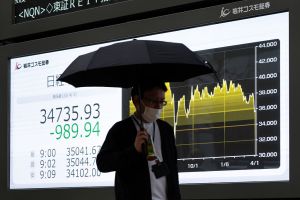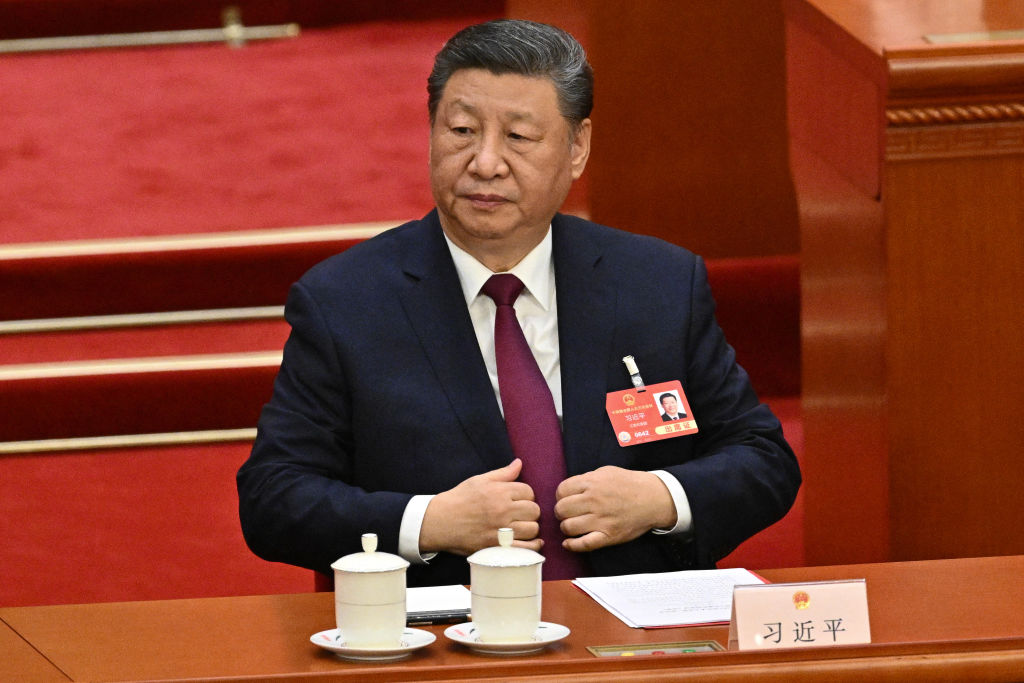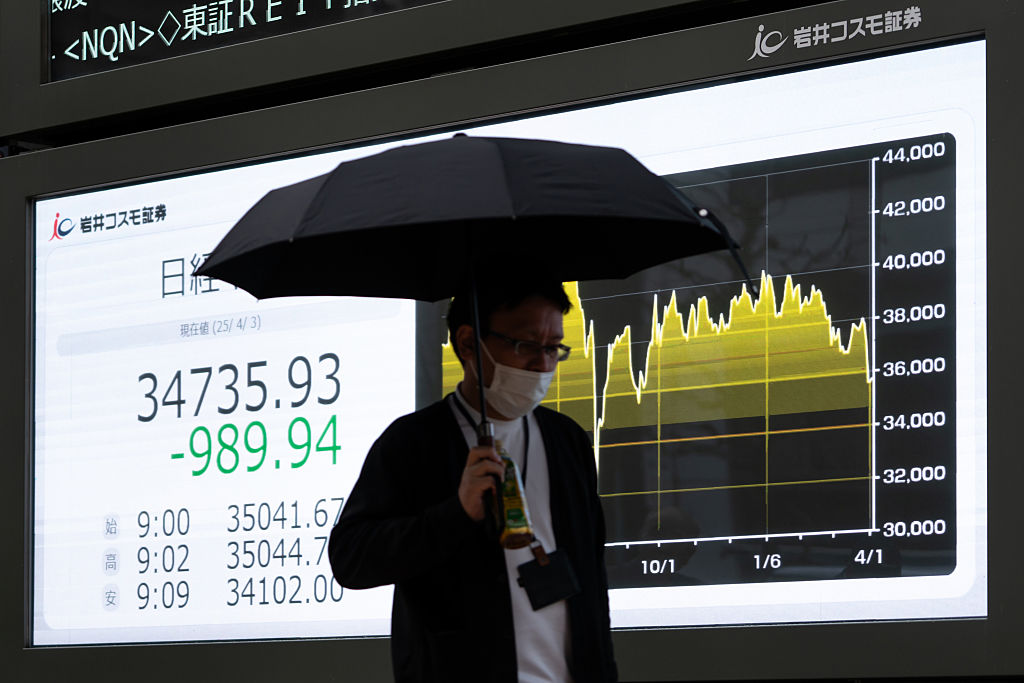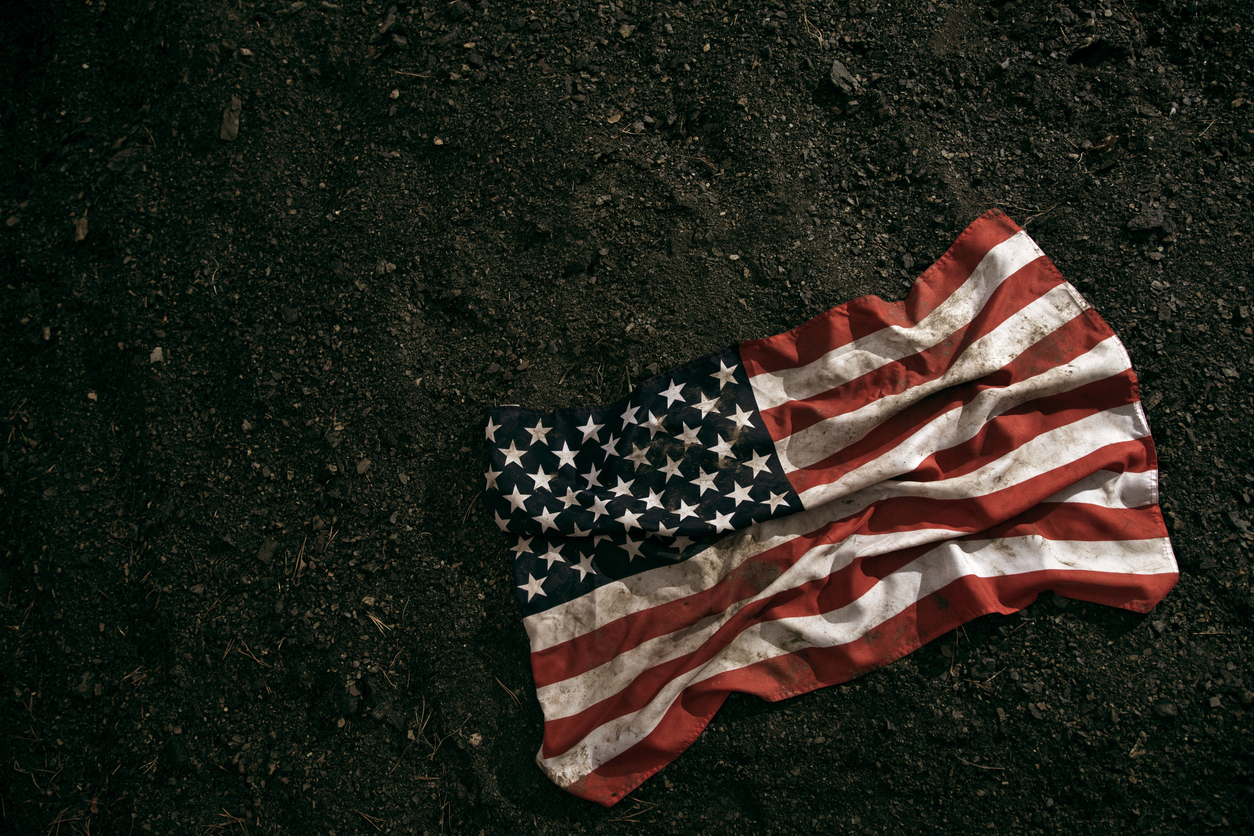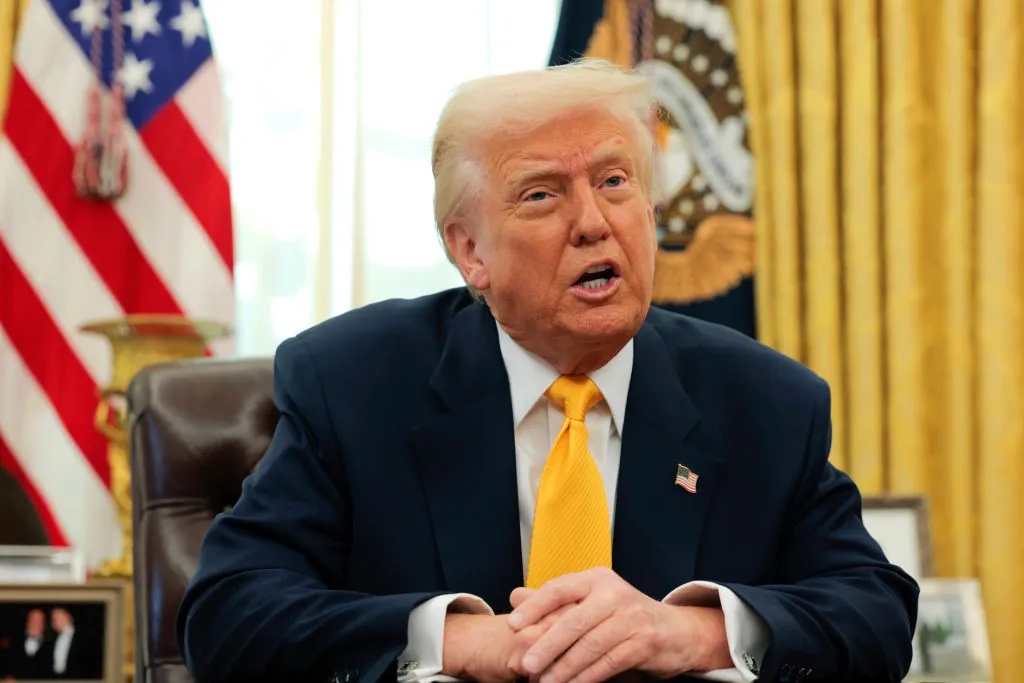In the Red Square Rooftop Vodka Bar of the sleekly towering Novotel Hotel, on soi 4, Sukhumvit Road, Bangkok, it feels like the last three harrowing years never really happened.
By day the sunny rooftop poolside is strewn with happy Europeans, Americans, Brazilians, Indians, consuming excellent wagyu burgers and freely flowing margaritas. As the sun sets, it gets even better, because dusk is the best time of day in Bangkok: the city revives from its sunstruck torpor, the girls in their dancing skirts alight from the Skytrain, the hawkers sell mango, durian, papaya, sliced fresh for twenty baht. The lights of the skyscrapers glisten like looted jewels. Gin tinkles in chinked glasses.
And yet, it is at sunset and sunrise that the more perceptive tourist might notice a different aspect of contemporary life in apparently relaxed Thailand: masks. As the office and hospitality workers come and go, you see them donning and doffing their Covid masks, according to their direction in or out. Inside the tourist zones, no one wears masks. Western insouciance, carelessness, individualism — call it what you will — totally rules. Outside these few areas, it is entirely different.
Putting it bluntly, everyone in Thailand is still wearing masks. Everyone wears them everywhere all the time. Hop three stops on the Skytrain from Soi Nana to Siam Square, the premier and gleaming retail district of Bangkok’s increasingly prosperous capital, and you’ll find 97 percent of Thais in masks in the shops. And outside the shops. And strolling down the pavement.
On the trains, buses, tuk-tuks, they wear masks. If they go jogging, they wear masks. On lone mopeds, driving their own cars, on goes the mask. They wear masks when walking alone in parks. They are probably wearing masks in the paddy-fields of Isaan.
Are the Thais coping with a hideous new wave of Covid, requiring them to strap on the FFP3s once again? Nope. According to Worldometer, Thailand is well past the peak of its relatively mild pandemic.
On January 17, Thailand’s Health Ministry recorded 138 new cases and nine new deaths — in a population of 72 million. For comparison, at the peak, Covid in the Siamese Kingdom caused 27,000 cases a day, and around 300 deaths.
Thailand is recording so few Covid cases it is a wonder they still bother to count. As for the sad but frankly paltry death toll, four times as many Thais die in traffic accidents every day, and yet they aren’t quivering on the sidewalk, refusing to cross roads. Nor are they putting on special protective tungsten armor if they have to climb on a motorbike.
What, then, is going on with the masks? For an answer we maybe have to look further afield. Because Thailand is not alone in its eerie and prolonged masking paranoia. This is happening across East Asia.
The most remarkable example is Japan. See this recent anguished article in the Japan Times where the headline really says it all. “Return to a maskless world still fantasy for Japan.”
Virtually all Japanese people are still religiously wearing masks, in virtually every circumstance. They mask up even when they are outdoors, even when alone — like the Thais.
The Japanese government relaxed all outdoor masking guidance earlier this year, and is now about to abandon the last voluntary indoor guidance. Yet still, 99 percent of the Japanese wear masks for many hours of the day. And there is no sign of this changing.
This has got so bad the Japanese Tourism Ministry is discreetly begging Japanese people to let go of the masks, for fear it will be off-putting to foreigners now used to a post-pandemic society. Others, justifiably, have much deeper fears for what masking is doing to the Japanese people. Because masking, however much it is normalized, is both abnormal and harmful.
As we all know, children need to see faces and lips so they can learn to speak, socialize and understand human moods and expressions (appallingly, Japanese kids are routinely masked from the age of two). What will the next cohort of young Japanese people be like, who have grown up without seeing unmasked faces for year after year since they were toddlers?
It is hard to imagine they will be well adjusted. Because, as we grow up, we need to see faces. God or nature gave us infinitely expressive faces for sound evolutionary reasons: this is how, without words, we can usefully communicate sadness, happiness, anger, fear, good wishes. Masking is also sadly pernicious for deaf people, who rely on lip reading.
On top of it all, Japan — like many East Asian societies — is today suffering a crisis of low birth rates and asexual young people. Hiding facial beauty, making kisses harder, is not going to make more babies. Quite the opposite.
It is, when seen by an outsider, a quietly tragic crisis in the making. It is also poignantly ironic. Many of these East Asian societies escaped the very worst of Covid — unlike the West, and elsewhere — because they have highly conformist, often well-educated citizens, eager and willing to follow rules. People there are also highly susceptible to the social pressure of their peers. It takes a brave Tokyoite to take off her mask, when everyone around her is dutifully wearing one. But now this same social conformity is leading East Asia into a catastrophically faceless future.
This article was originally published on The Spectator’s UK website.



